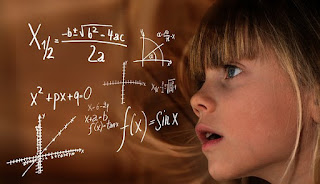10 sources of cracking in concrete you should know
We all understand cracking is one in all the most important issues in concrete and it ought to be thought of whereas combine style, except for that, we've to grasp the sources that can cause cracking in concrete. Here may be a list of sources of cracking in concrete.
Sources Of Cracking In Concrete
Use of low-grade materials:
One of the most important sources is that the use of lower quality materials that embody each concrete and steel in ferroconcrete structures.Shrinkage:
Shrinkage will cause cracking if not controlled throughout combine style and solidification stage. Shrinkage will become important in high strength concrete thanks to low water/cement magnitude relation and additionally thanks to use of Mineral Admixtures.Quality and Type Of Aggregate:
The quality of mixture employed in concrete determines the general strength of concrete. If the combination is of poor quality it'll not build a correct bond with cement.Overloading of structure:
The Overloading of structures particularly at younger age may be common supply of cracking. This can happen if formwork is removed before time or additional construction load is gift.Mistakes at design stage in office:
If there area unit errors at style stage then it's obvious that issues can occur at website. concrete cracking is one of them.Improper Curing:
Another major cause of concrete cracking. If curing is not done appropriately for given time span then one should expect cracking.Early Formwork Removal:
If the formworks is removed before concrete has achieved strength, there will be cracking.
Use of Congested Reinforcement in Lean Concrete:
If you use heavy reinforcement in average quality concrete then stress distribution between steel and concrete can become non-linear causing cracking.Mistakes at Site or during erection:
Proper and trained labour and acquisition area unit necessary for any website work. Lack of it during concreting can cause cracking.Follow on facebook--@KDLEARNERS





















